On a warm summers day walk leader Barbara DeRiso split a large group of mushroom hunters into two groups for a walk round Hartwood acres. The recent rains that have come to the area a bit earlier than normal have resulted in a profusion of mushrooms both in abundance and variety. It was definitely the day of the boletes with 14 different species identified, many of them edible. We found a Boletinellus merulioides (Ash-tree Bolete) which I haven’t seen for a few years but are fruiting at the moment. Other edibles included chanterelles and chicken of the woods. New to the club was Stereum gausapatum (Bleeding Oak Crust), confirmation of the species name and images to follow. Another new name to the list is Amanita ameriverosa, an all white Amanita and a member of the death angle family of which Amanita bisporigera is the most famous member. The two species were separated during DNA studies and the Amanita ameriverosa name is provisional. The mature size of Amanita ameriverosa is larger than Amanita bisporigera which is currently our main field identification characteristic. Like Amanita bisporigera, Amanita ameriverosa is known to contain amatoxins. There are 67 species listed here and at least another 5 or 6 unidentified at the end of the day so quite a haul.
Species list entered by Barbara DeRiso. Species identified by Dick Dougall, John Plischke III, Richard Jacob and others.
List of species found on the walk at Hartwood Acres:
[icon style=”camera”] Agaricus campestris (Meadow Mushroom / Field Mushroom),
[icon style=”camera”] Amanita ameriverosa (),
[icon style=”camera”] Amanita banningiana (The Yellow Caesar),
[icon style=”camera”] Amanita cokeri (Coker’s Amanita),
[icon style=”camera”] Amanita flavoconia (Yellow Patches),
[icon style=”camera”] Amanita fulva (Tawny Grisette),
[icon style=”camera”] Amanita rubescens (Blusher),
[icon style=”camera”] Artomyces pyxidatus (Crown-tipped Coral Fungus),
[icon style=”camera”] Aureoboletus innixus (Clustered Brown Bolete),
[icon style=”camera”] Baorangia bicolor (Red-and-yellow Bolete; Bicolor Bolete),
[icon style=”camera”] Boletinellus merulioides (Ash-tree Bolete),
[icon style=”camera”] Boletus pallidus (Pallid Bolete),
[icon style=”camera”] Boletus subvelutipes (Red-Mouth Bolete),
[icon style=”camera”] Boletus vermiculosoides (),
[icon style=”camera”] Bondarzewia berkeleyi (Berkeley’s Polypore),
[icon style=”camera”] Calocera viscosa (Yellow Tuning Fork),
[icon style=”camera”] Cantharellus lateritius (Smooth chanterelle),
[icon style=”camera”] Chalciporus piperatus (Peppery bolete),
[icon style=”camera”] Ciboria peckiana (Common Wood Ciboria),
[icon style=”camera”] Clitocybe odora (Anise Scented Clitocybe),
[icon style=”camera”] Conocybe lactea (White Dunce Cap),
[icon style=”camera”] Cortinarius iodes (Iodine Cort / Viscid Violet Cort),
[icon style=”camera”] Crucibulum laeve (White-egg Bird’s-nest Fungus),
[icon style=”camera”] Dacryopinax spathularia (Spathula Shapped Yellow Jelly),
[icon style=”camera”] Gymnopus dryophilus (Oak-loving Collybia),
[icon style=”camera”] Hypomyces chrysospermus (Bolete Mold),
[icon style=”camera”] Hypomyces hyalinus (Amanita Mold),
[icon style=”camera”] Inonotus dryadeus (),
[icon style=”camera”] Irpex lacteus (Milk-white Toothed-Polypore),
[icon style=”camera”] Lactarius piperatus (),
[icon style=”camera”] Lactarius quietus (),
[icon style=”camera”] Laetiporus cincinnatus (Chicken of the woods),
[icon style=”camera”] Laetiporus sulphureus (Chicken Mushroom; Sulphur Shelf),
[icon style=”camera”] Leccinum albellum (),
[icon style=”camera”] Leccinum longicurvipes (),
[icon style=”camera”] Lycoperdon perlatum (Gem-studded Puffball),
[icon style=”camera”] Marasmius rotula (Pinwheel Marasmius),
[icon style=”camera”] Marasmius siccus (),
[icon style=”camera”] Marasmius sullivantii (),
[icon style=”camera”] Megacollybia rodmani (Platterful Mushroom),
[icon style=”camera”] Morganella pyriformis (Pear-shaped Puffball),
[icon style=”camera”] Neofavolus alveolaris (Hexagonal-pored Polypore),
[icon style=”camera”] Panellus stipticus (Luminescent Panellus, bitter oyster),
[icon style=”camera”] Phlebia incarnata (),
[icon style=”camera”] Phylloporus rhodoxanthus (Gilled Bolete),
[icon style=”camera”] Pleurotus ostreatus (Oyster Mushroom),
[icon style=”camera”] Retiboletus griseus (Gray Bolete),
[icon style=”camera”] Russula mariae (Purple-bloom Russula),
[icon style=”camera”] Russula virescens (Green Russula),
[icon style=”camera”] Scleroderma citrinum (Pigskin Poison Puffball),
[icon style=”camera”] Scutellinia scutellata (Reddish Eyelash Cup),
[icon style=”camera”] Stereum complicatum (Crowded Parchment),
[icon style=”camera”] Stereum gausapatum (Bleeding Oak Crust),
[icon style=”camera”] Stereum ostrea (False Turkey-tail),
[icon style=”camera”] Strobilomyces strobilaceus (Old Man-of-the-woods),
[icon style=”camera”] Tetrapyrgos nigripes (Black-footed Marasmus),
[icon style=”camera”] Thelephora terrestris (),
[icon style=”camera”] Trametes versicolor (Turkey-tail),
[icon style=”camera”] Tremellodendron schweinitzii (Jellied False Coral),
[icon style=”camera”] Trichaptum biforme (Violet Toothed-Polypore),
[icon style=”camera”] Tylopilus atratus (False Black Velvet Bolete),
[icon style=”camera”] Tylopilus felleus (Bitter Bolete),
[icon style=”camera”] Tyromyces chioneus (White Cheese Polypore),
[icon style=”camera”] Xerocomellus chrysenteron (Red-Cracked Bolete),
[icon style=”camera”] Xylaria hypoxylon (Carbon Antlers),
[icon style=”camera”] Xylaria polymorpha (Dead Man’s Fingers),
[icon style=”camera”] Xylobolus frustulatus (Ceramic Parchment)
Comments:
Pictures by Dick Dougall and Richard Jacob.
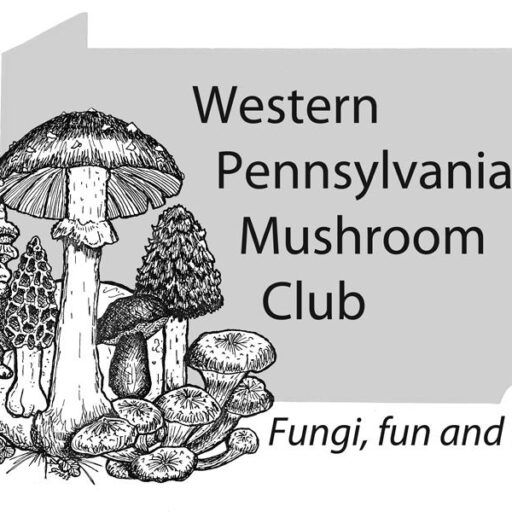
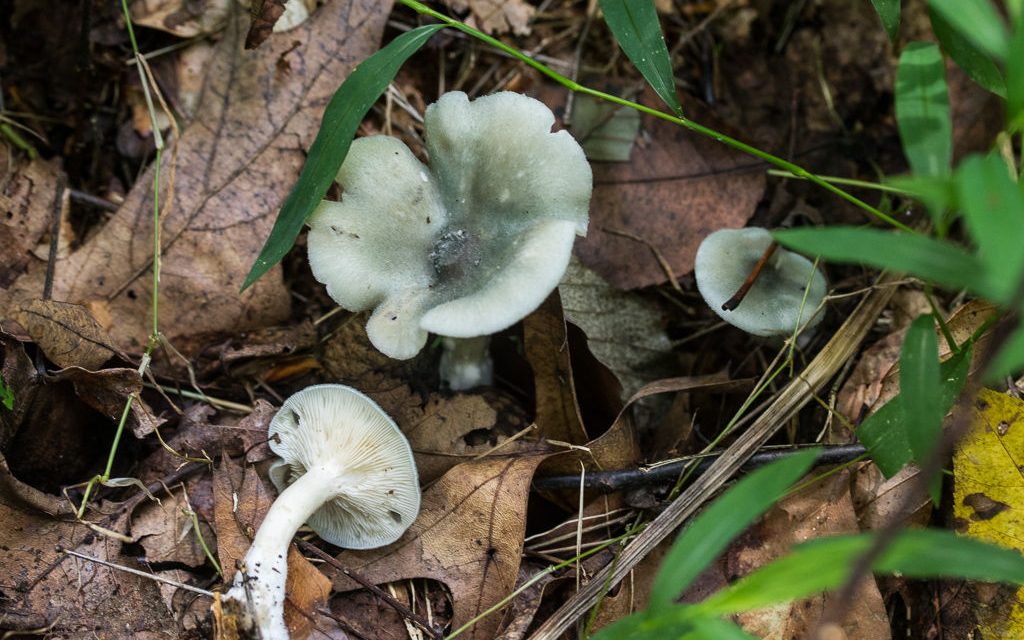































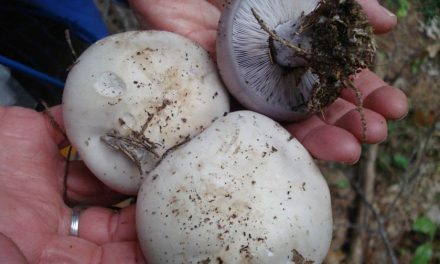
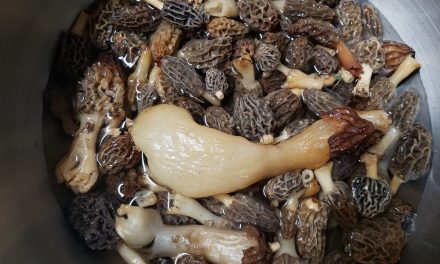
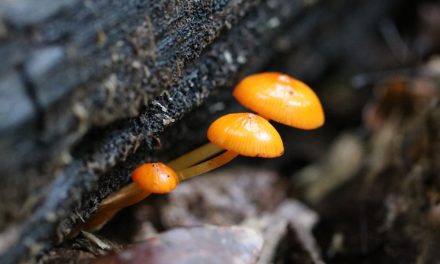
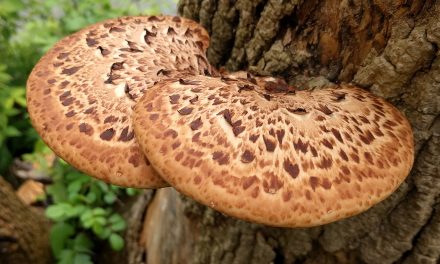

Recent Comments